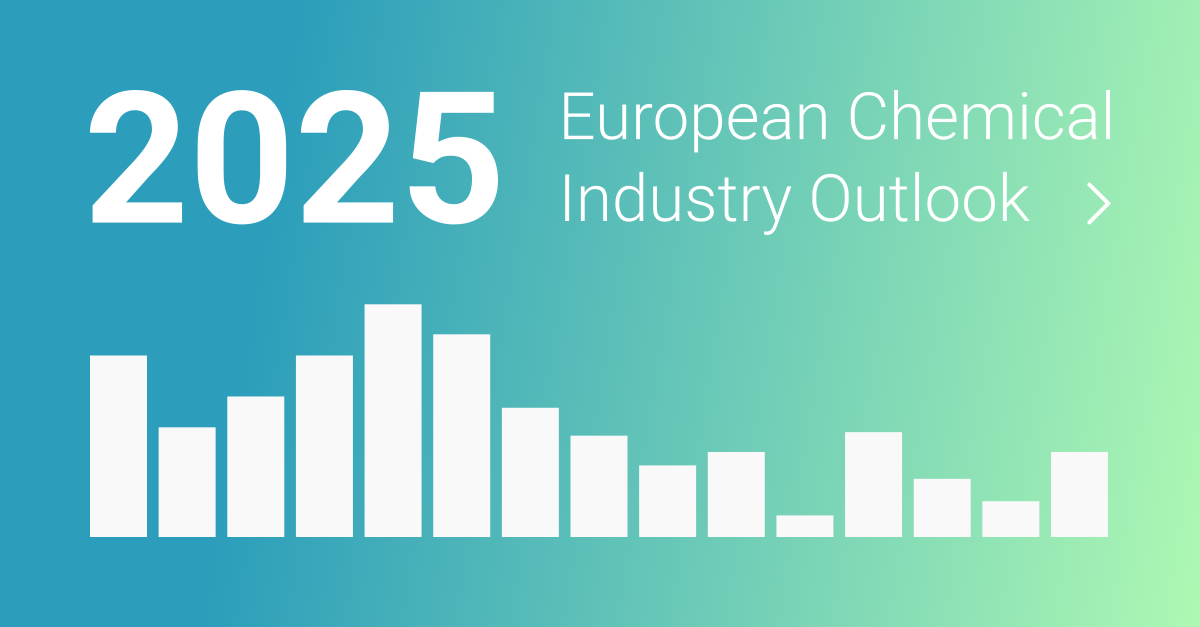- The BaseLoad Power Hub, a hydrogen production and storage platform, arrived in Eemshaven on September 27.
- The platform includes a 2.5-megawatt electrolyser and 1,200 kg of hydrogen storage.
- Construction in Italy took over two years, and the platform weighs 1,800 tonnes.
- DOT will use the platform for hydrogen research, with Shell Technology remaining involved.

Arrival of BaseLoad Power Hub
The BaseLoad Power Hub, a pioneering platform for hydrogen production and storage, arrived in Eemshaven harbour on September 27. This marks a significant step in the Dutch energy transition and the development of the Groningen Hydrogen Valley.
Platform Specifications
Constructed over two years in Italy, the platform measures 23 by 46 meters and weighs 1,800 tonnes. It features a 2.5-megawatt electrolyser, 1,200 kilograms of hydrogen storage, and a conversion module with a 1-megawatt battery and a storage capacity of 5 MWh.
Research and Development
DOT (Delft Offshore Turbine) has acquired the platform, now named Phynix, for further research into renewable hydrogen production and storage. The project aims to enhance understanding and innovation in hydrogen technology, with ongoing involvement from a Shell Technology team.
Future Applications
DOT envisions Phynix as a collaborative hub for education, industry, government, and research institutions to advance hydrogen technology. The ultimate goal is to deploy the installation in the North Sea, contributing to future hydrogen supply.
Support and Collaboration
The initiative is supported by organizations like the Groningen Seaports authority and MissionH2, highlighting Eemshaven's role as a key player in offshore energy development and a testing ground for innovative hydrogen technology.
